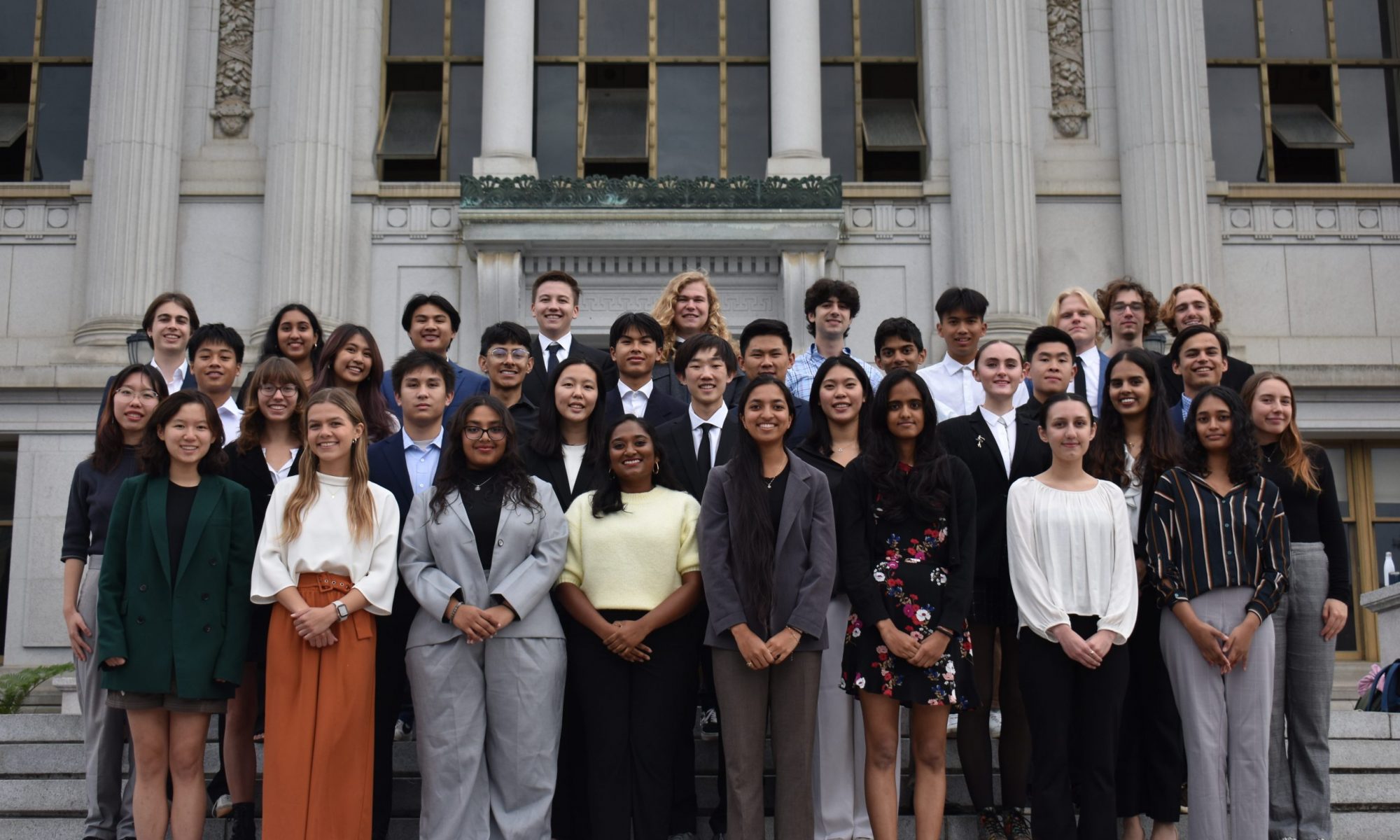I. Basics of Transesterification
Vegetable oil, also called triglyceride, is transesterified with methanol to produce fatty acid methyl esters, or biodiesel, and byproduct glycerin.
II. Titration of Sample
Used cooking oil contain high levels of free fatty acids (FFAs), which hinders the efficiency of the transesterification reaction. FFAs can be removed from the reaction by titration with alkaline base. This titration produces soap, which is simply the alkaline salt of fatty acids, and can be more easily removed during processing.
III. Reaction (Acid, Base, Reaction Parameters)
The transesterification of triglycerides is generally very slow and require the use of catalysts. Specifically for us, we work with potassium hydroxide, an alkaline base. Some reaction parameters we have studied in the lab so far include types and amount of catalyst, types and duration of mixing, reaction time, reaction temperature, and many others. After reaction, the biodiesel and glycerol layers separate, with the glycerol layer on the bottom.
IV. Water Washing
Water washing is a liquid-liquid extraction step, and is also an essential post-processing step of biodiesel. Post-reaction biodiesel contains various impurities such as residual catalyst and methanol. Water washing removes most of these impurities. The residual water, however, must also be removed later in the process.
V. ASTM
In order to be sold commercially, our biodiesel must pass a series of quality tests outlined by ASTM D6751. Currently, we are working to obtain access to a gas chromatograph in order to quantify free and total glycerin in our biodiesel samples. This would give us an idea on the extent of conversion in our transesterification reaction.
I. Filtration
The vegetable oil feedstock that we use is from the Berkeley dining commons and was used to cook various foods. As such, the oil is contaminated with food particles of varying sizes that have the potential to harm the vehicles that are powered by our biodiesel. Other impurities such as moisture can interfere with the biodiesel reaction. Therefore, the oil must be purified of moisture and food particles prior to reaction. This is accomplished by heated settling as well as microfiltration. Settling at elevated temperatures helps remove heavy particulates and water by decreasing the viscosity of the mixture, which accelerates the process. Microfiltration proceeds in stages of 500µm, 100µm, 25µm and 10µm filters.
II. Reactor
The Reactor Team is mainly concerned with the large-scale transesterification reaction of waste cooking oil to Biodiesel and the vessels, tubing, valves, pumps and chemical pathways that are involved in creating an efficient and optimal process. The type of reactor vessel and methoxide tank used in this system must meet the process specifications of capacity, chemical compatibility, geometry and cost.
III. Improvements for the Future
As our system further develops, we are investigating innovative ways to increase the efficiency and purity of our production of biodiesel. We are hoping to implement two major improvements to our process which include the addition of inline mixing as well as periodic glycerol draining.Inline Mixing: The inline mixer will consist of a tube with multiple fins/protrusions lining its inner walls and be added to the tubing used for the agitation of the reaction. This allows for the disruption of the flow profile and induces axial mixing within the tube to produce more molecular interactions and therefore pushing the reaction further towards the production of biodiesel, effectively increasing our conversion.Periodic Draining: The second improvement relies on Le Chatelier’s Principle by periodically removing the glycerol byproduct formed in the reaction in order to push the equilibrium transesterification reaction towards the right (products). In doing so, we are hoping to increase our conversion and optimize our process efficiency.
IV. Safety/Operations
We are committed to ensuring the health and safety of all our team members working on our production process. We have trained our team extensively in good safety practices and implemented comprehensive safety considerations into our standard operating procedures. Emergency contacts and instructions, safety data sheets, and a concise list of safety guidelines have been compiled into a document that we keep on site. Physical safeguards like spill containment, splash shields, ventilation, and personal protective equipment have also been constructed to provide maximum protection against our process hazards.

